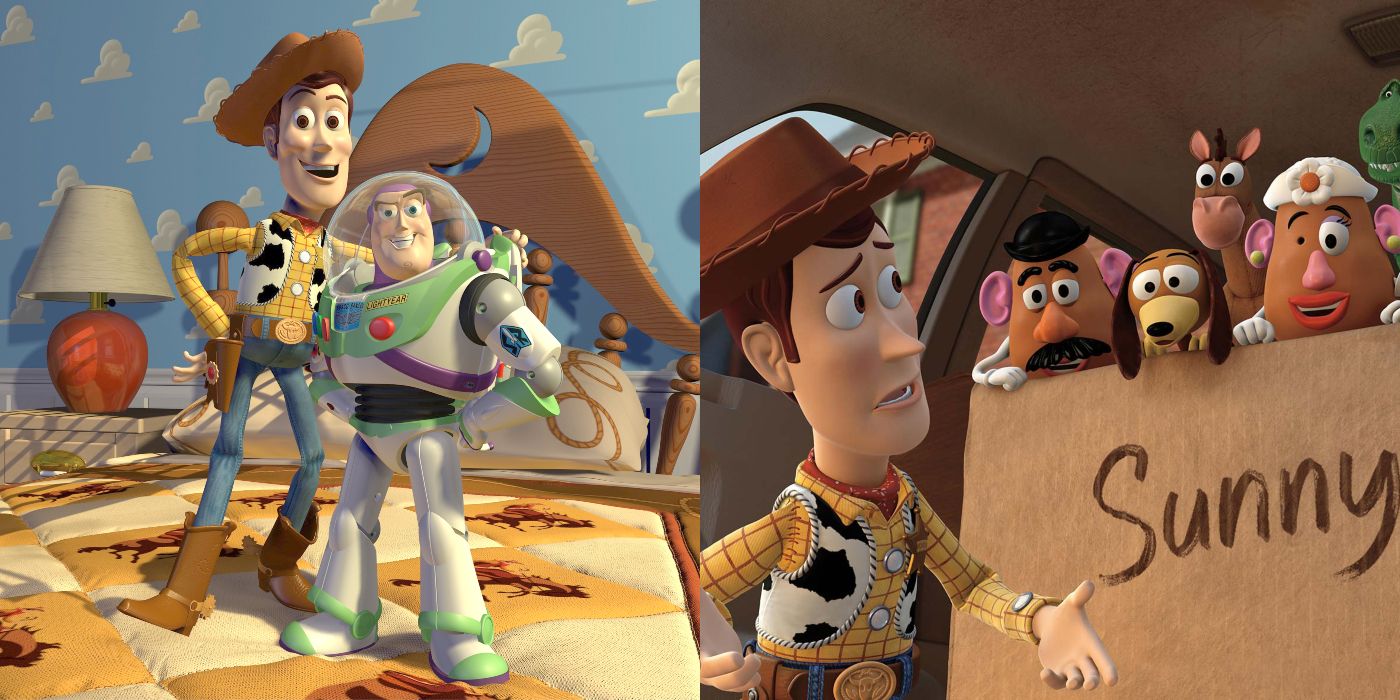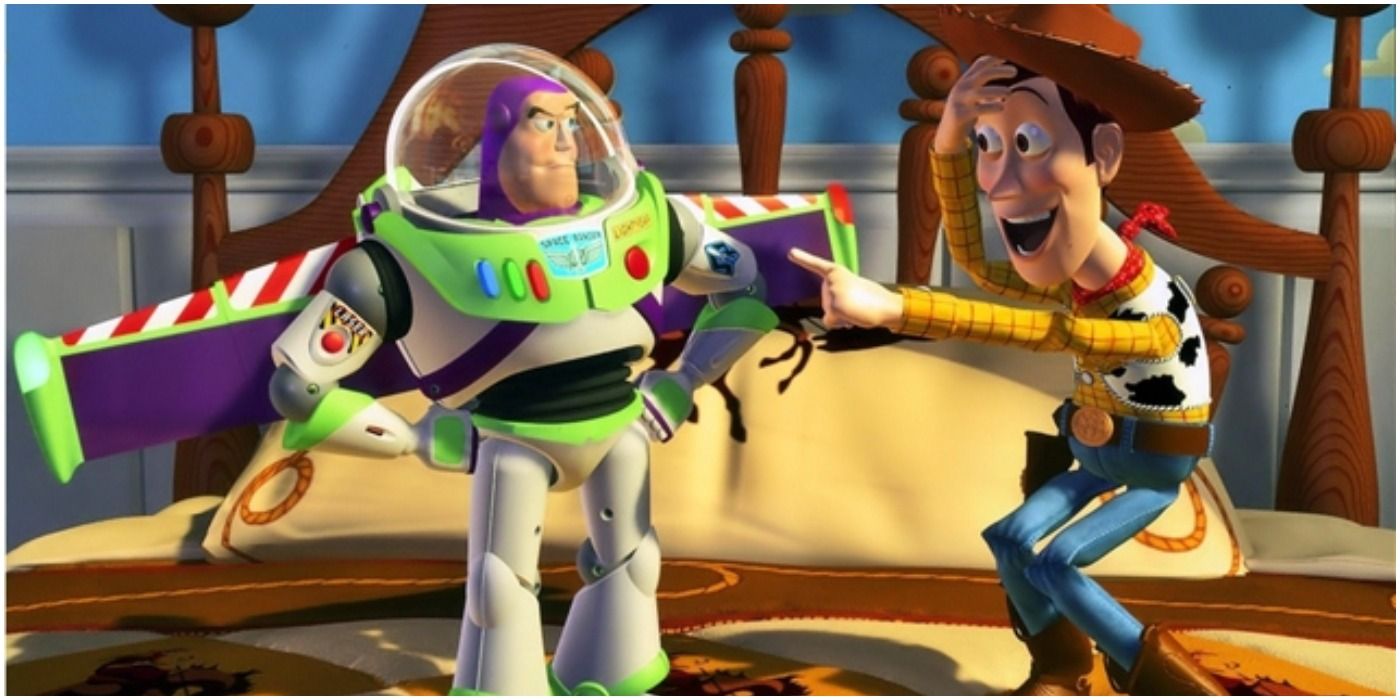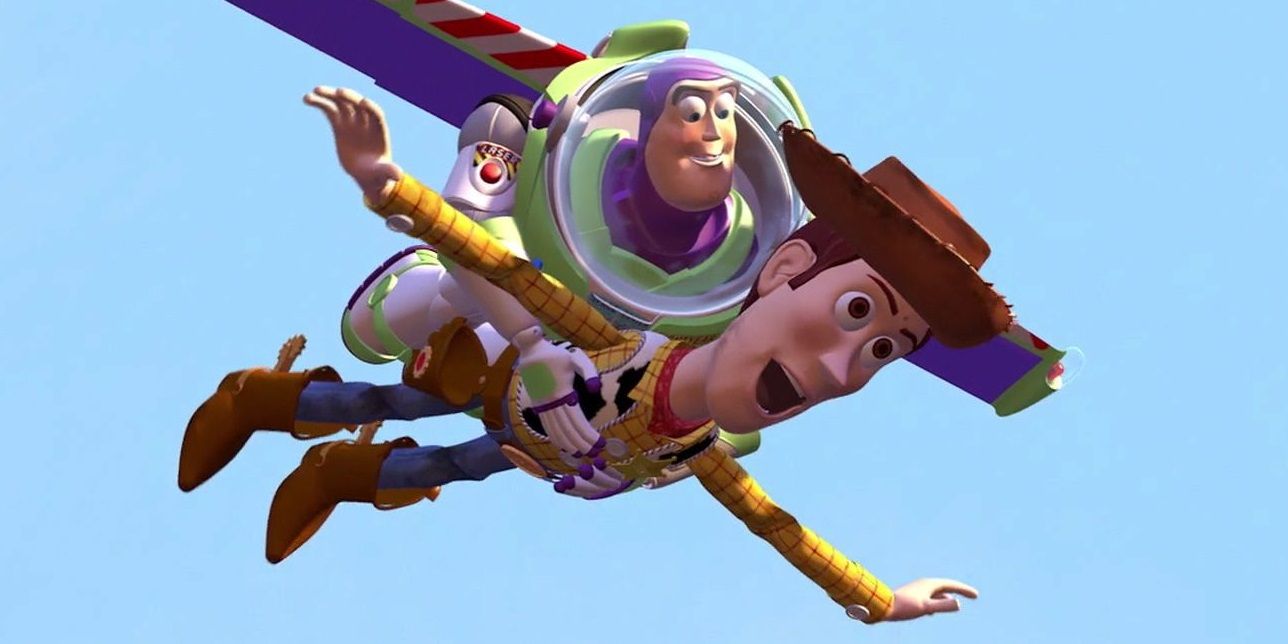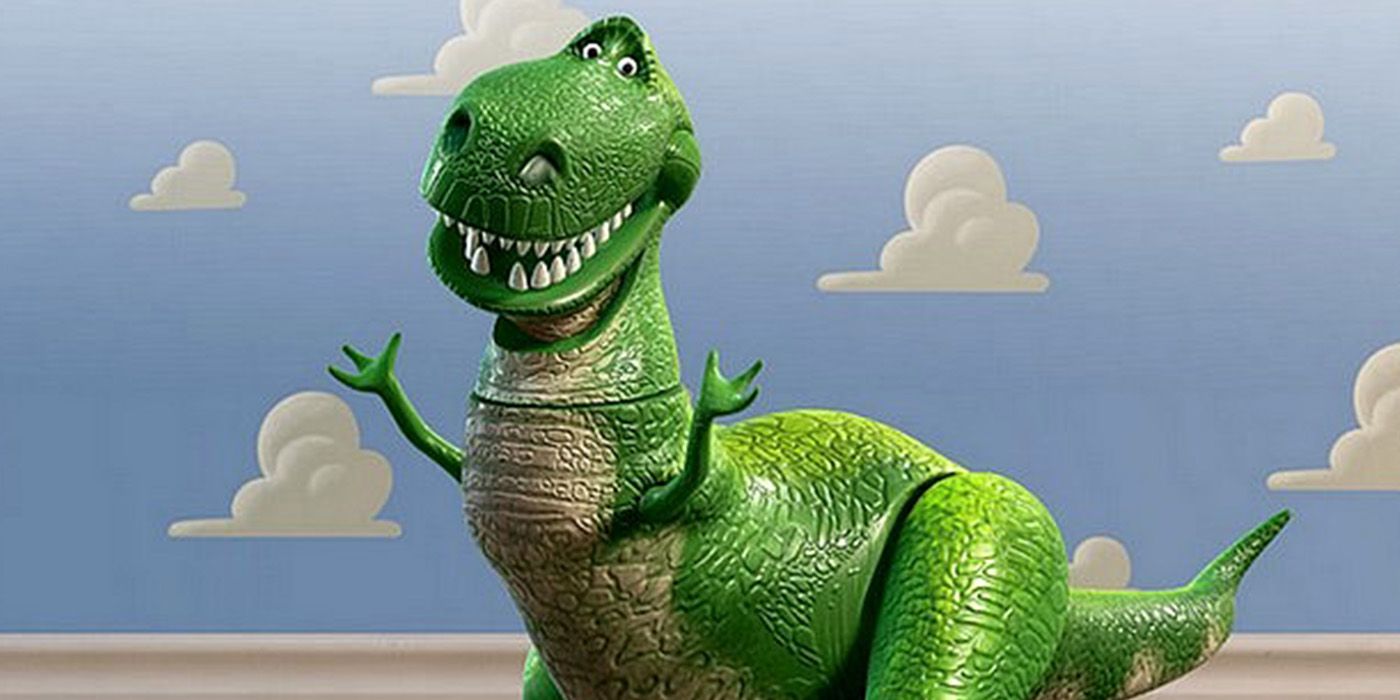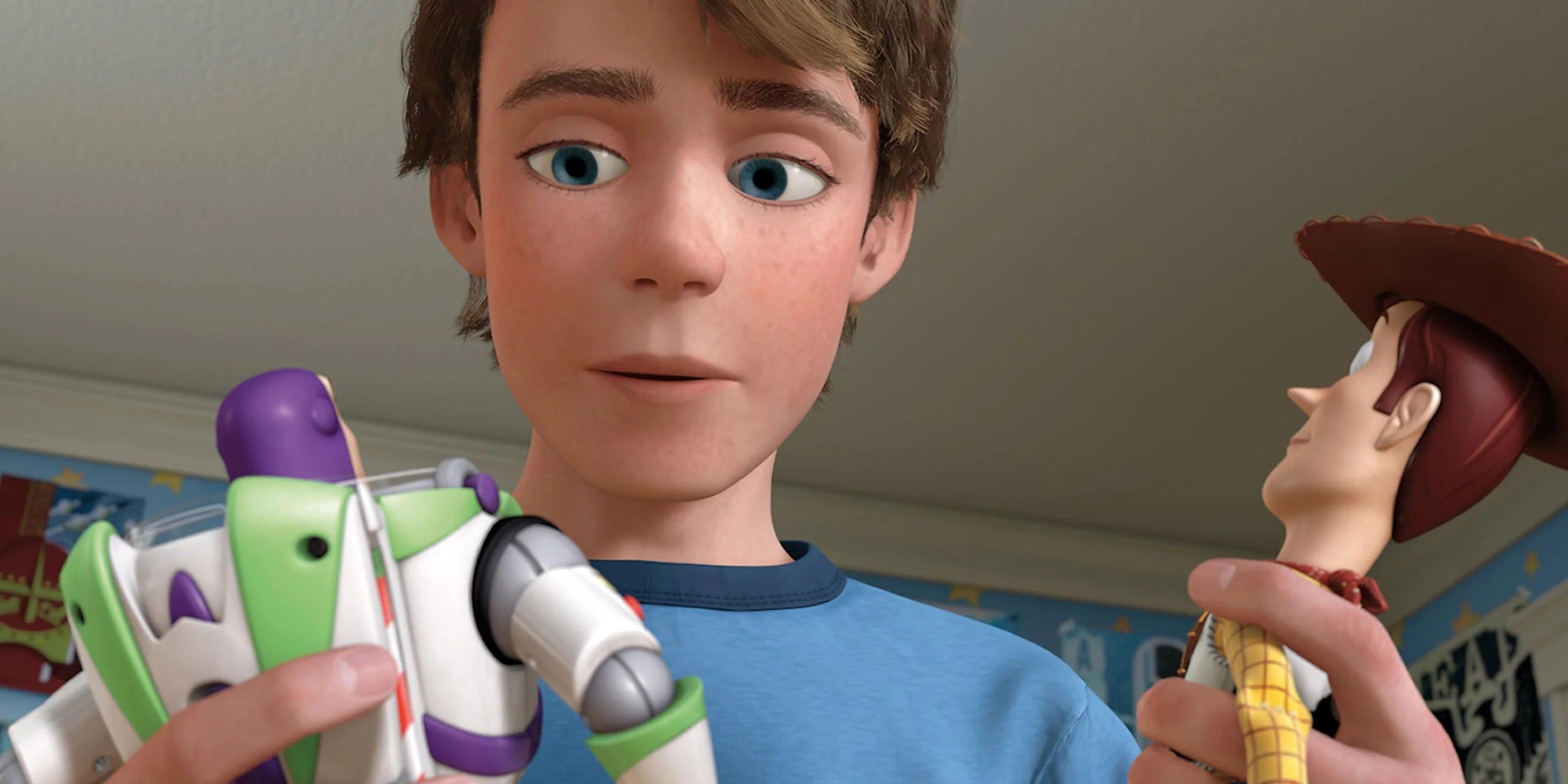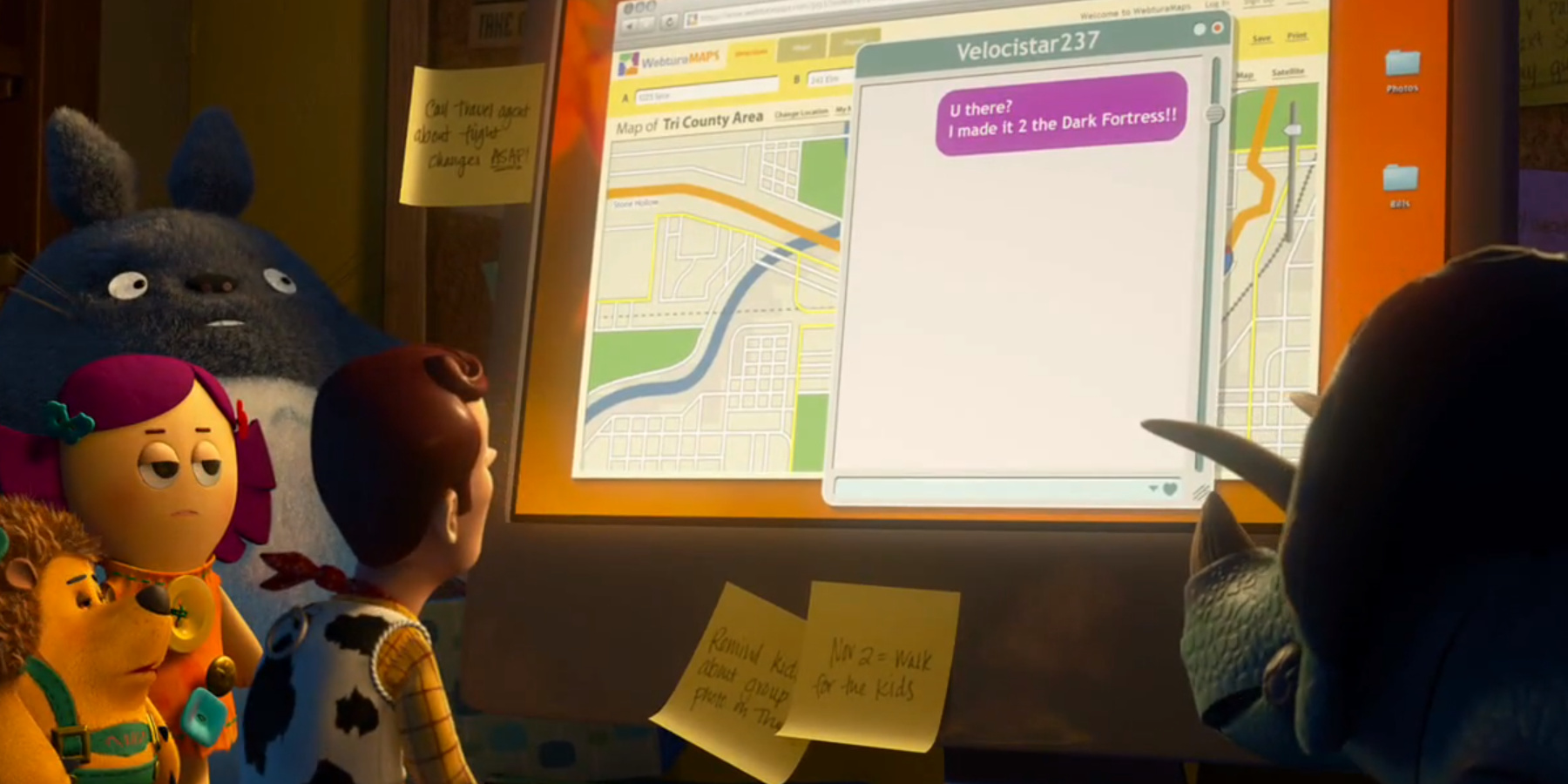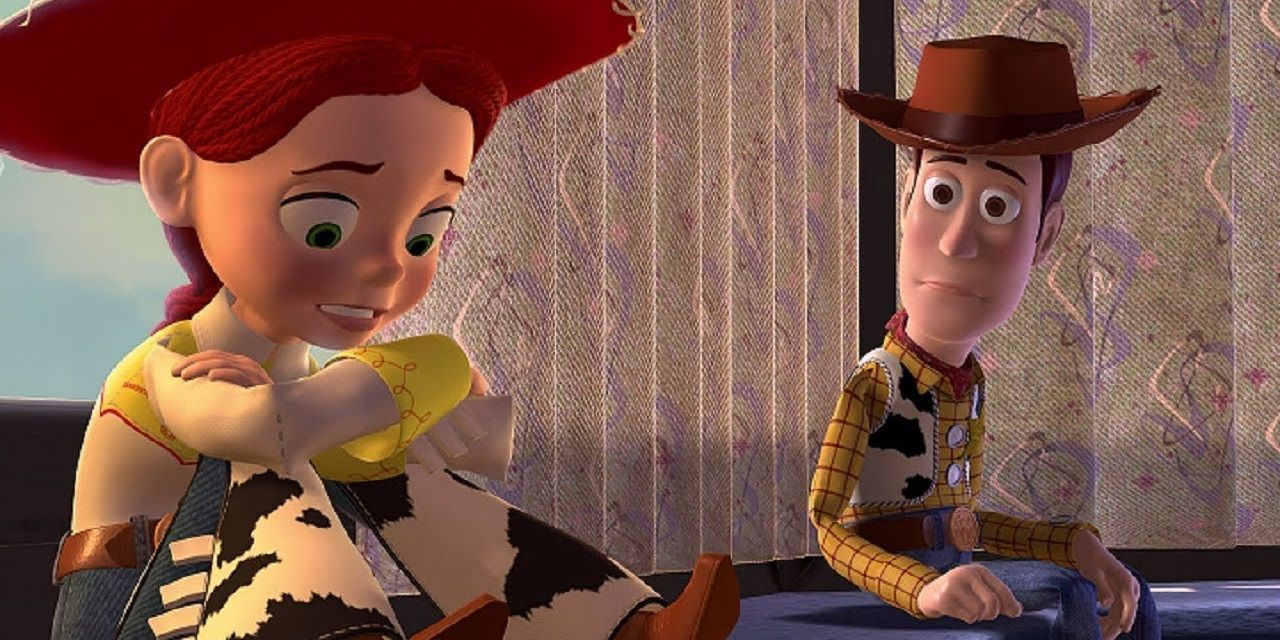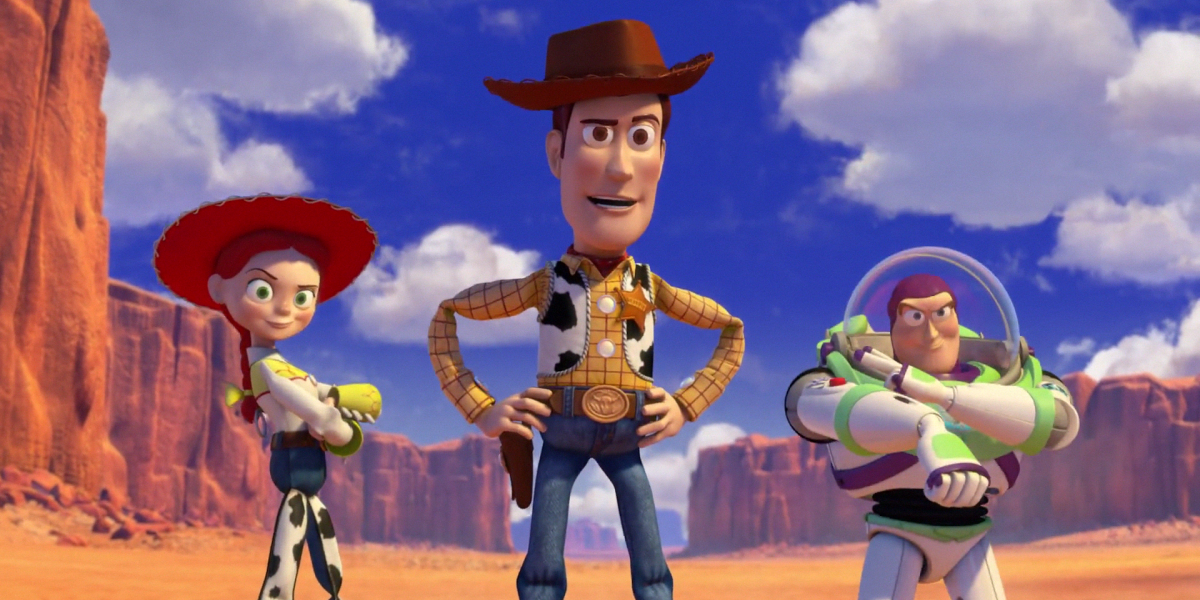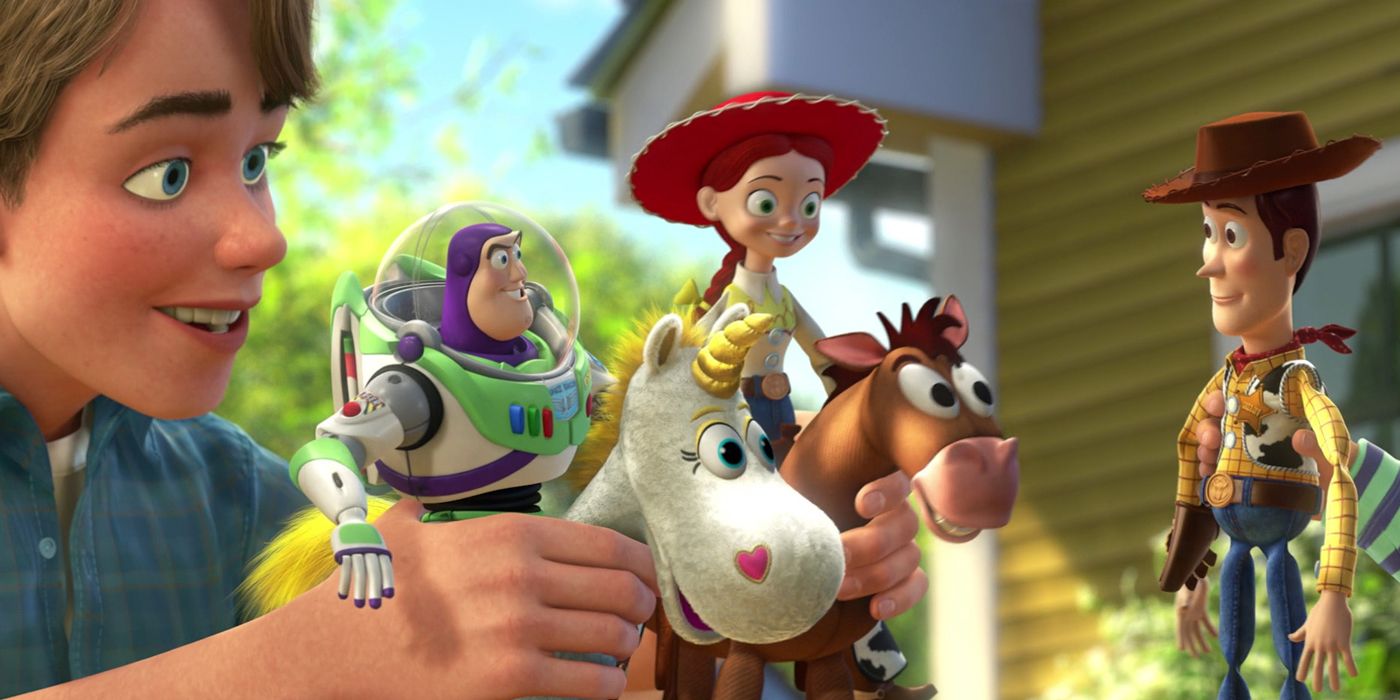Ask any millennial why the Toy Story franchise, particularly the first three, is so beloved and they will probably answer with "because it's our story." Since most millennial's were at the prime viewing age when the original 1995 Disney/Pixar masterpiece came out, and the sequential movies have come along as they have grown up they have become highly relatable to this camp.
Whether it's the themes, Andy's timeline, or the characters themselves, it seems that every kid born out of that era is deeply touched by the film and can relate to it hyper easily.
The Jokes
Movies made for kids often have subtle humor that only adults perk up to. This is true of the Toy Story franchise as well. Fans may remember such one-liners as "You are a child's play thing." and "I'm a married spud."
The fact that the crew placed these artful jokes for future consumption by the viewer when they were older is one of the many reasons why Toy Story strikes such nostalgia. Adult themes give children's movies a way to connect with kids later in life and the Toy Story franchise does this well.
The Friendship Between Woody and Buzz
Friendship is something all people struggle with, as kids and as adults. Woody and Buzz also struggled with their friendship throughout Toy Story 1. Most fans in their adult life can relate to the themes of a new friend swooping in on a BFF. It happens all the time.
Between work, college, and new hobbies getting formed, some of the fans' oldest friends make new ones. It can be difficult territory to explore and accept, however, Woody and Buzz do a phenomenal job in the sequels showing that they too can become friends and deeply care about each other.
Exposure To Anxiety
The concept of mental illness can be a hard straw to grasp as a kid but Toy Story had no problem showing this off to their audience in Rex, the T-Rex.
Anxiety plagues most Americans and being able to come back after becoming an adult to watch Rex freak out over things like not knowing about the birthday present threat and running into his own reflection mid freak out offer some comic relief to a group with the title "the unluckiest generation."
The Idea Of Growing Up
Growing up is often an emotional force that is hard for everyone, millennials included. Since fans were able to see this concept in nearly every Toy Story film, it's made it into an easier pill to swallow.
Although difficult, anyone can relate to the sense of losing their childhood and feeling like they have to close one door to open the next; like college in Andy's case or leaving being a kids toy in Woody's case.
The Subtle Technology Growth
Many people equate the reasoning behind why kids of this generation feel such nostalgia for their youth, is because of the tech boom in the 1990s. Their childhood feels even further away and different than that of their parents due to this.
In order to stay current and draw new audiences, the Toy Story franchise had to stay relevant with jokes and imagery. From Buzz being a futuristic spaceman to navigating via a modern-day computer, the franchise illustrates the growth of technology like no other.
The Lost And Forgotten Theme
Many millennial children can relate to the feeling and theme of being lost and forgotten. While it is apparent that most young people of any generation don't know what they are doing in terms of "adulting," it seems to be more of a key factor in millennial life.
Through Toy Story 2, fans see characters like Jesse grappling with feelings of abandonment and not fully understanding her purpose or the why being left behind by her "kid." Since this generation has grown up in a time where the landscape of America and its institutions are changing, think college and the job market, they too feel as though they have been left in the dust of the success of former generations and to fend for themselves.
The Timing The Films Came Out In Relation To Age
The Toy Story franchise hit the market at just the right time for millennials to be interested. With the original storyline coming out in 1995, most children of the generation were under the age of 10. As the series continued, Disney/Pixar realized they could turn this story into a coming-of-age tale.
When the third movie was released in 2010 most of those same kids were all grown up and either preparing for or nearing the end of their college careers, matching Andy's story perfectly and giving kids the a-ok from their childhood favorites to grow up.
Andy's Story Line
Perhaps the biggest gut-wrenching scene of the whole original trilogy is when Andy gives up his precious toy collection to Bonnie. There are many things about this moment that get even the toughest of fans choked up. The similar ending scene of the clouds in the sky as the beginning to the first movie and that one last playtime before being an adult and going to college.
But the biggest thing that makes fans so emotional about Andy's story as a whole is that it is the story that millennials have lived as they have grown. There is a parallel between Andy and fans as they have simultaneously grown up together. With a large portion of millennials just finishing college and starting careers, it hits a sweet spot like no other.

